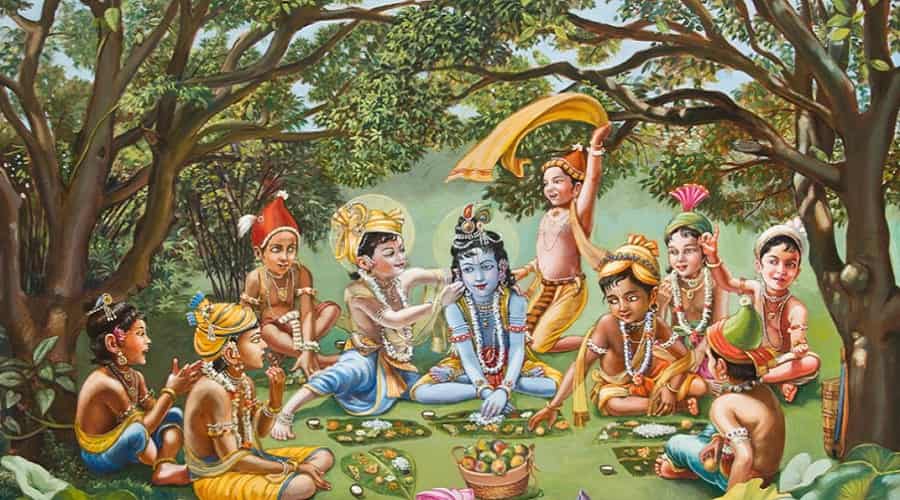Mathura is known as a holy city in the North Indian state of Uttar Pradesh. It is located almost 50 kilometres to the north of Agra, 145 kilometres to the south-east of Delhi; about 11 kilometres from the town of Vrindavan and almost 22 kilometres from Govardhan. There are a number of sacred visiting places where the pilgrims always travel and spend hours with the deities. Mathura has been chosen as one of the heritage cities under the Heritage City Development and Augmentation scheme of Government of India.

History
Mathura has a long and world famous history. It is believed to be the birthplace of Lord Krishna , located at the centre of Braj or Brij-Bhoomi, is called as Shri Krishna Janmabhoomi or ‘Lord Krishna’s birthplace’, who was born in Yadu dynasty. It was also ruled in turns by the kings of Solar and Lunar dynasties and became a center of three cultures viz. the India, Indo-Scythian and Hellenistic. Mathura is also given the name as “The Athens of India”. During the ancient period, Mathura was a known economic hub which was located at the junction of important caravan routes. The city was sacked and many of its temples were destroyed by many rulers like Mahmud of Ghazni and again by Sikandar Lodhi, who ruled the Sultanate of Delhi from 1489 to 1517 CE. Sikandar Lodi was tagged as the ‘Destroyer of Hindu deities’. The Mughal Emperor Aurangzeb, built the Shahi-Eidgah Mosque during his rule, which is adjacent to Shri Krishna Janma-Bhoomi believed to be built over a Hindu temple.
Significance
Mathura has contributed a lot towards Indian Culture through its rich heritage and is a heaven for the pilgrims or god lovers and also for those who travel in search of sanctity and divinity. One of these places nearby Mathura is Vrindavan where there are hundreds of shrines, numerous Ghats and several sacred tanks, some of which are Brahma Kund and Govinda Kund. Barsana being the birth place of Radha is another famous place for pilgrimage with a regular bus service from Mathura. To the north-east of Mathura lies the beautiful village of Nandgaon which is known as the home of Lord Krishna’s foster father Nand, in whose memory a spacious temple is being built. Other holy places of visit include Baldev, Kokilavan and Mahavan etc.
The great school of sculpture known as Mathura school of Arts flourished for 1200 Years. Such extra-ordinary creativity and gushing devotion to novel art forms and experiments in sculpture and clay figurines are all found in this school. A survey of this glorious School of Art can be made in the Government Museum of Mathura. The present day Mathura holds a place of religious and historic interest all over the world. A large number of festivals and fairs are held here and in adjoining areas of Vrindavan, Gokul, Barsana, Nandgaon and Govardhan etc.
Raasleelas of Mathura have become an integral part of Indian Folklore. This folk dance form has its origin when Lord Krishna used to dance “The Rasa” with Gopis on banks of Yamuna River. Charkula is another traditional folk dance form of the Braj. In this dance, a woman balances a column of Deepaks on her head and dances to the accompaniment of Rasiya songs by the men folk.